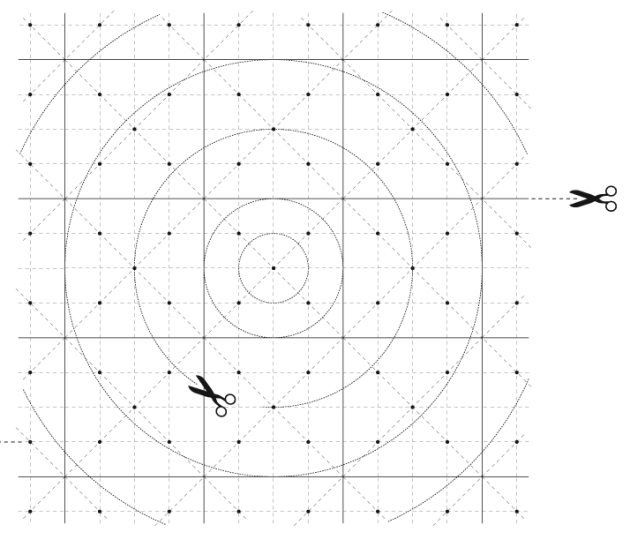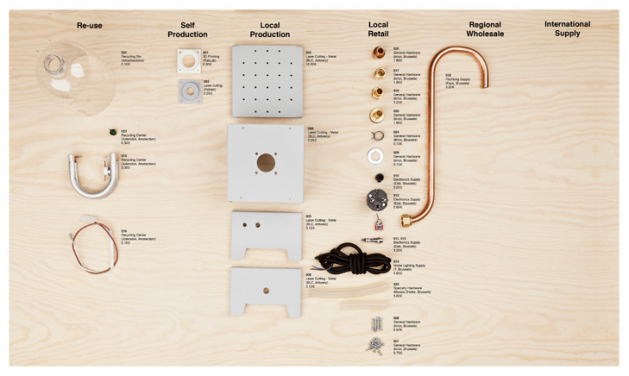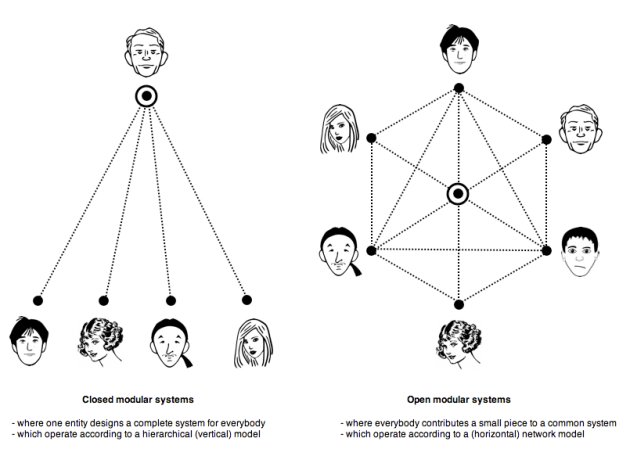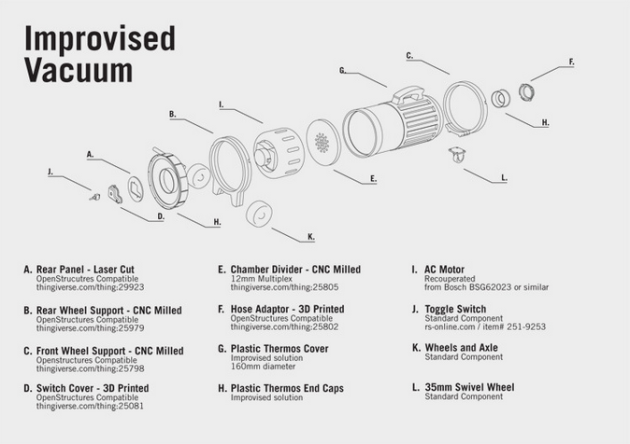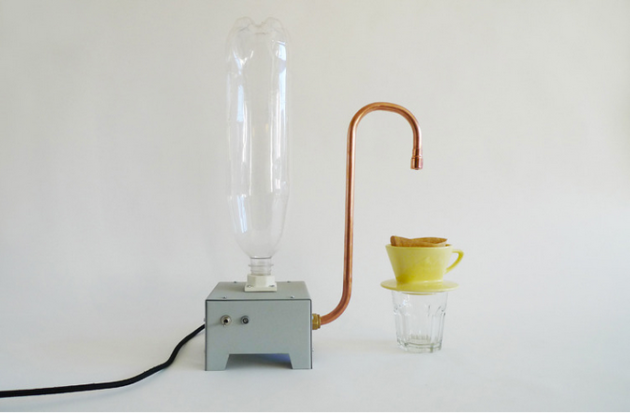“The Open Structures project explores the possibility of a modular construction model where everyone designs for everyone on the basis of one shared geometrical grid. It initiates a kind of collaborative meccano to which everybody can contribute parts, components and structures.”
“Can we design hardware like we design software?” is the guiding questions driving the developments of OpenStructures.
All OpenStructures should be conceived as interdependent, dynamic puzzles.
This means that they should be designed for disassembly and according to the same dimensional framework (the OS grid).
There are a few principles guiding the project. Design for disassembly: Favor assembly techniques that allow deconstruction without damage or loss in order to facilitate the re-use of components. Design with recyclable materials: Favor, whenever possible, 100% synthetical or biological recyclable materials for your parts and components in order to support infinite material cycles. (after disassembly). Design from the OS grid: Use the OS grid as a design tool when choosing dimensions, assembly points or interconnecting diameters
in order to make your parts compatible with those of others.
Let’s look at Open Structures from a dynamic publishing perspective. There is rule-based design supported by a very flexible grid. With the pre-condition that the modules are self-standing, distinguishable yet interdependent. And they can be connected in various fashions to create new structures, systems, or stories.
What would be the parts and components in writing? Quotes, ideas, arguments, problems, facts, visualizations, lists, etc.? What would happen if writing started from a grid? Along with a set of rules to guide the writing process, and the goal to create components and parts that can be assembled in multiple ways creating new meanings and new stories? A first attempt to answer the three rules above in terms of publishing (this will need to be revised!): 1 write in short and concise form, that is self-standing yet allows for connection. 2 write sustainable—creating material that allows for further use and application 3 Use a grid or a platform to start your writing. That would be writing keeping its modular capacity in mind.
A bit like dance, too. How dances are created, how they are taught and altered. They are copied, mashed up techniques and choreographies, routines, steps, and translated emotions etc. In other words: a vibrant mixture of rules, parts, components and structures. The grid (perhaps the dance floor) to bring it all together and to bring it to live.
